Open Design Explorations
Heineken brings young designers to Tokyo for a look at five nightlife spots

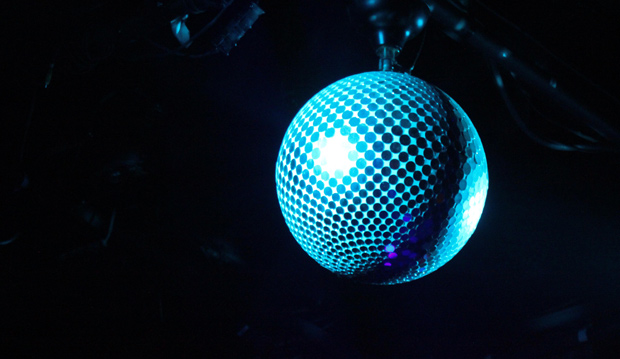
At the most recent Milan Design Week Heineken launched a global project to design the club of the future. After an international competition and a year-long research process, the nightlife destination will be actually built and unveiled at the 2012 Salone del Mobile.
To get inspiration, the Open Design Explorations brings the winning group of young designers to the best clubs on the planet. Taking place in São Paulo, New York, Milan and Tokyo, Heineken invited us to take part in the Japanese phase of the investigation.
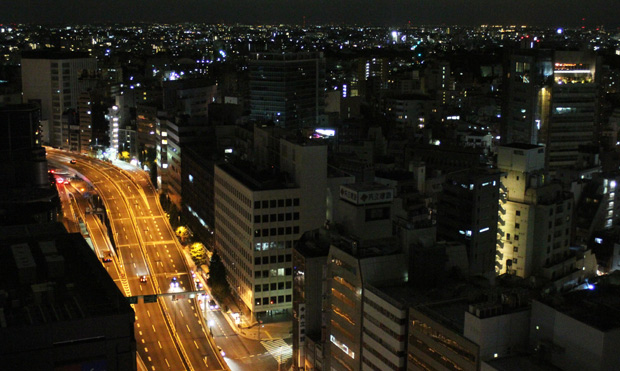
Following an introductory session where all the designers to met and began the process, we tagged along with a group of three Japanese and one English designers continuing the analysis. The four are tasked with observing people and their behaviors—not just the design of the venues.

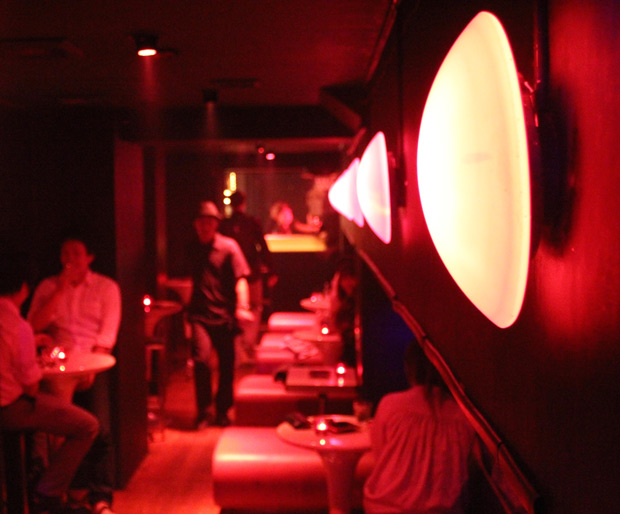
First up was the fashionable Air in Daikanyama district, famously where Sofia Coppola shot some scenes of “Lost In Translation.” Like all the other clubs we’ll visit, the dance floor is below ground level and the music plays loudly. An all-red VIP room and an area with tables and sofas allows for chatting, drinking and smoking (common in every restaurant and bar in Japan). The music selection includes American music of the late ’70s and early ’80s, great for having a good time—but most seemed to observe rather than dance, probably because it was only just past midnight.
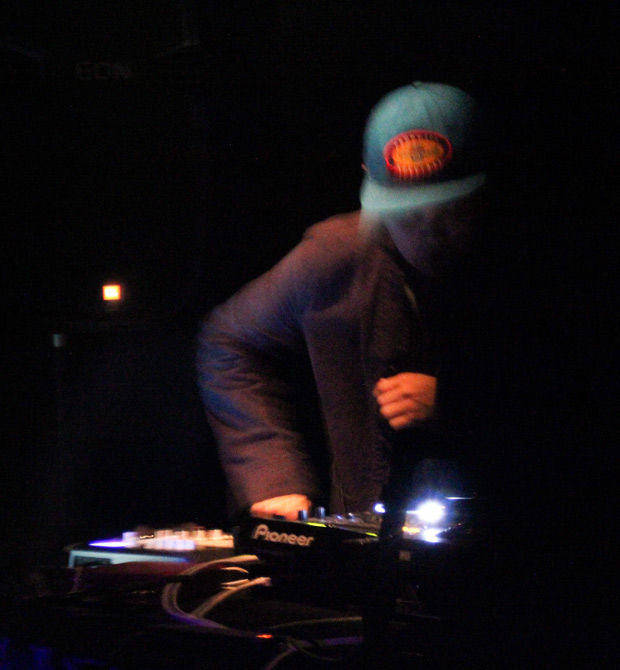

Sure enough, the crowd is starting to arrive when we leave to reach the next club, Unit. Here, the music and the crowd are completely different. In the main area, the deejay plays a mixture of hip-hop, electro and trip-hop. People listen rather than dance, more like a concert-style scenario. One floor down, a bar provides an area for relaxing and (like most of the kids) checking mobile phones. Outside, staff kindly asks us to stay quiet—this is a residential area and, as some signs clearly state, the neighborhood deserves to rest.
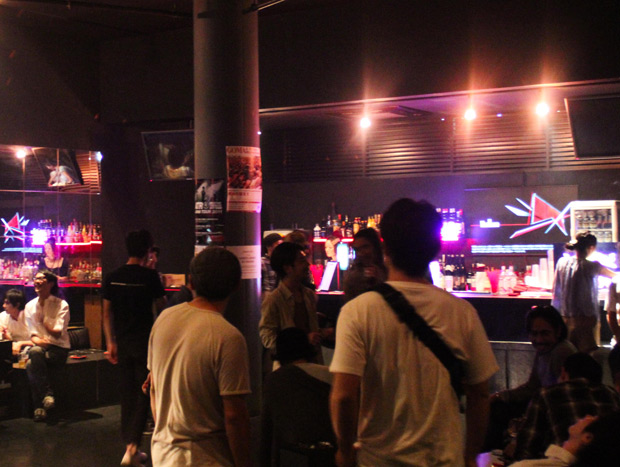
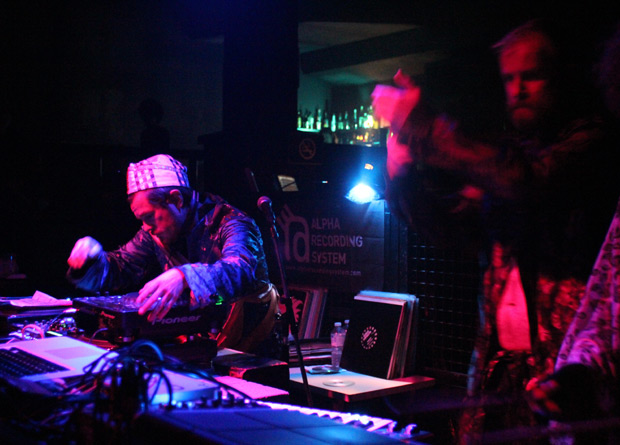
Next stop is the Ebisu district, destination Liquidroom. The first area is a large quiet bar; the music isn’t too loud and it’s easy to relax and interact with others. Downstairs there’s a food area, once again almost without music, where club-goers can relax, drink, smoke and eat traditional street food. In the next room, a large dance floor is crowded with revelers drawn to the music played by Mungolian Jetset, a bunch of colorful and pretty peculiar guys in love with the sounds of the Italo Disco and ’80s music. The crowd really appreciates the performance, dancing and screaming throughout.
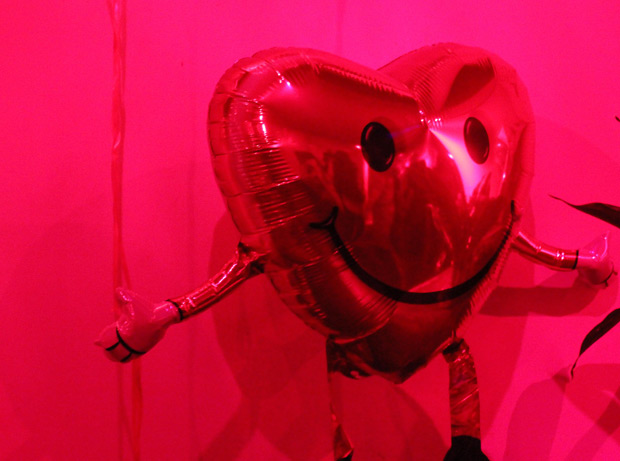
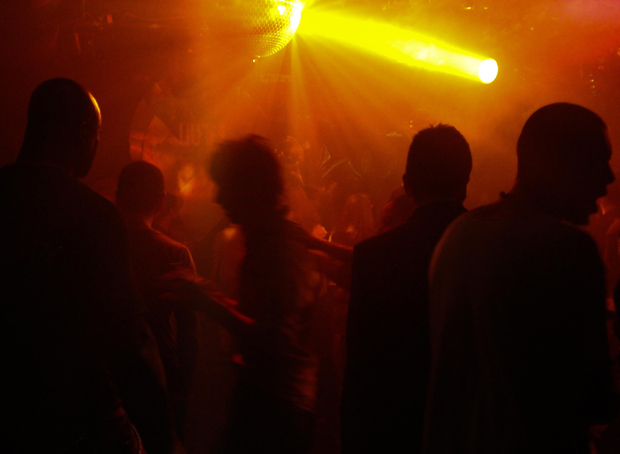
But the long night out isn’t over, continuing at Eleven, a place for a younger and wilder generation. The Japanese designers that are working at the Heineken project are pretty excited, since this is one of the most popular venues for nightclubbing in Tokyo. Über-pink walls and light in the lounge zone vividly contrast with an extremely dark dance area. The excellent audio system reproduces neat and powerful sounds, while every single person dances alone, randomly lit up by slow and delicate spotlights in just a few pale colors.
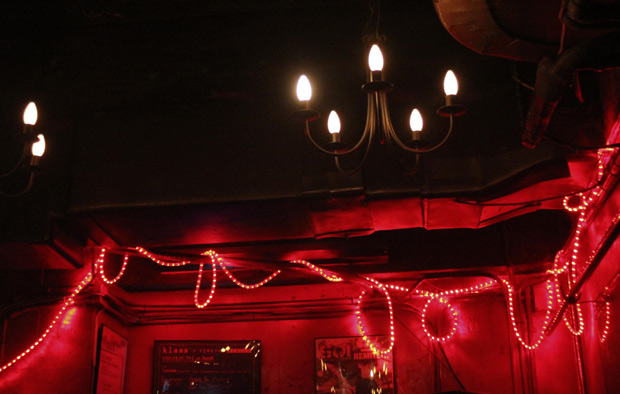
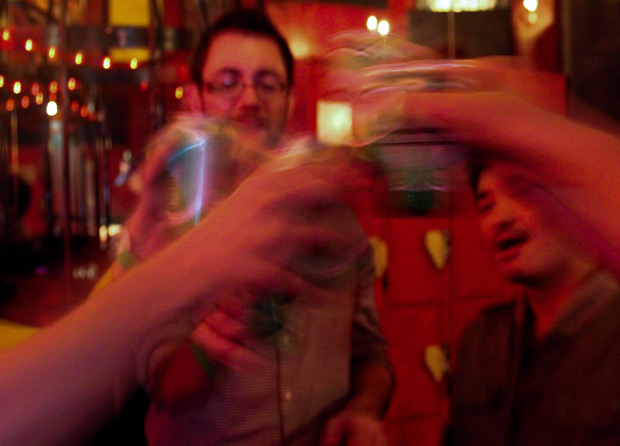
It’s almost five in the morning when we head up to our last stop. Module is very close to the Shibuya Crossing, astonishingly empty at this time of day. Here, the designers and the team finally have the chance to relax and party. Pretty small and retro, the venue feels like a cozy, dusty Victorian house—the contrast with the b-boys filling the place couldn’t be stronger. The deejays play vinyl records and choose pop music of the ’60s and ’70s, plus some old kitschy soundtracks.












